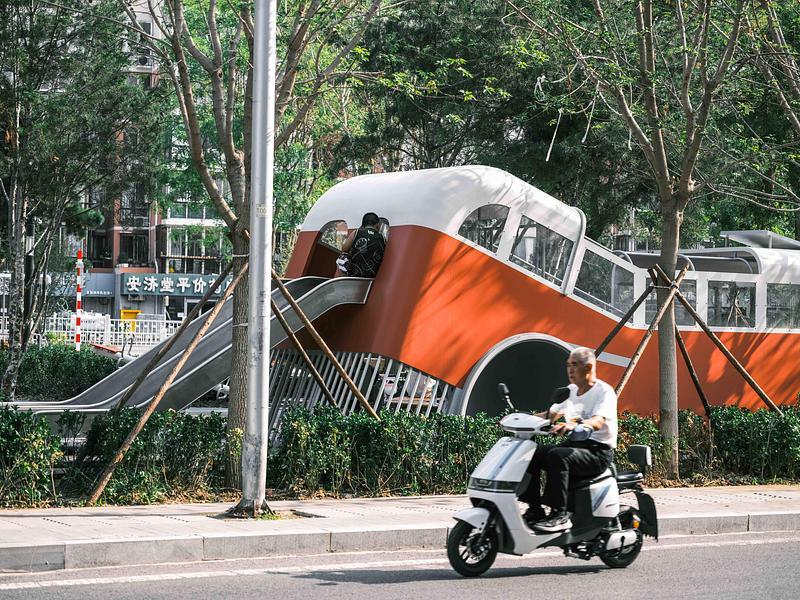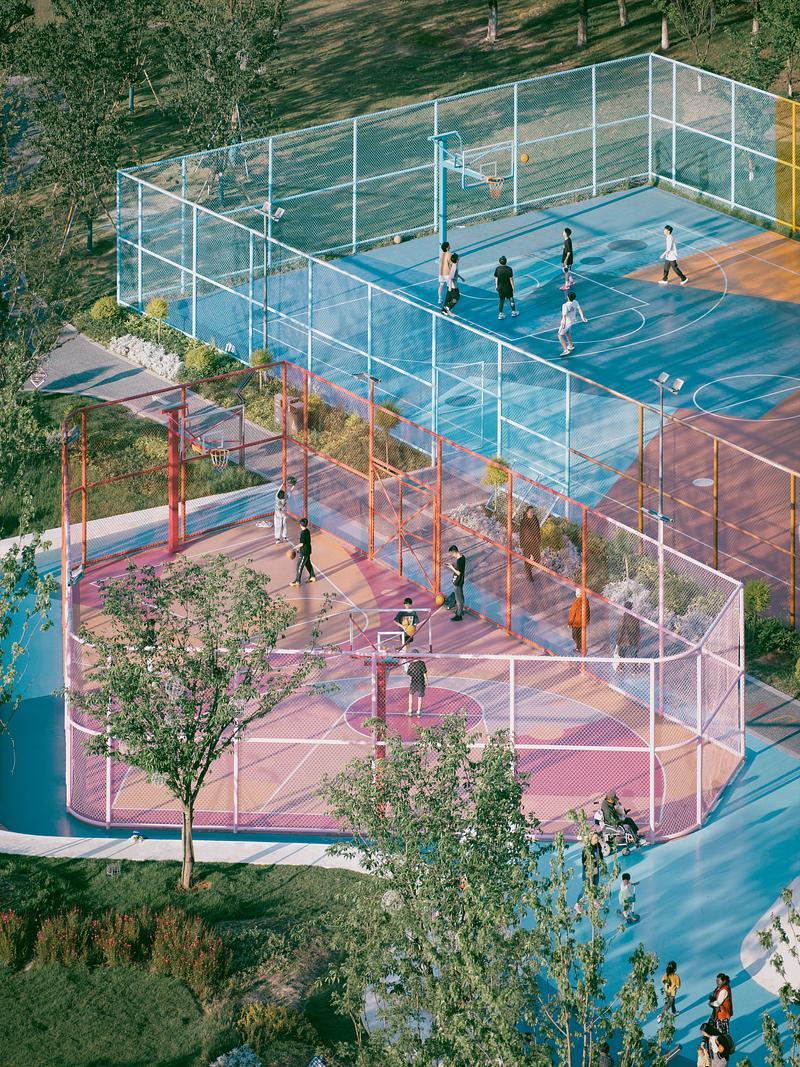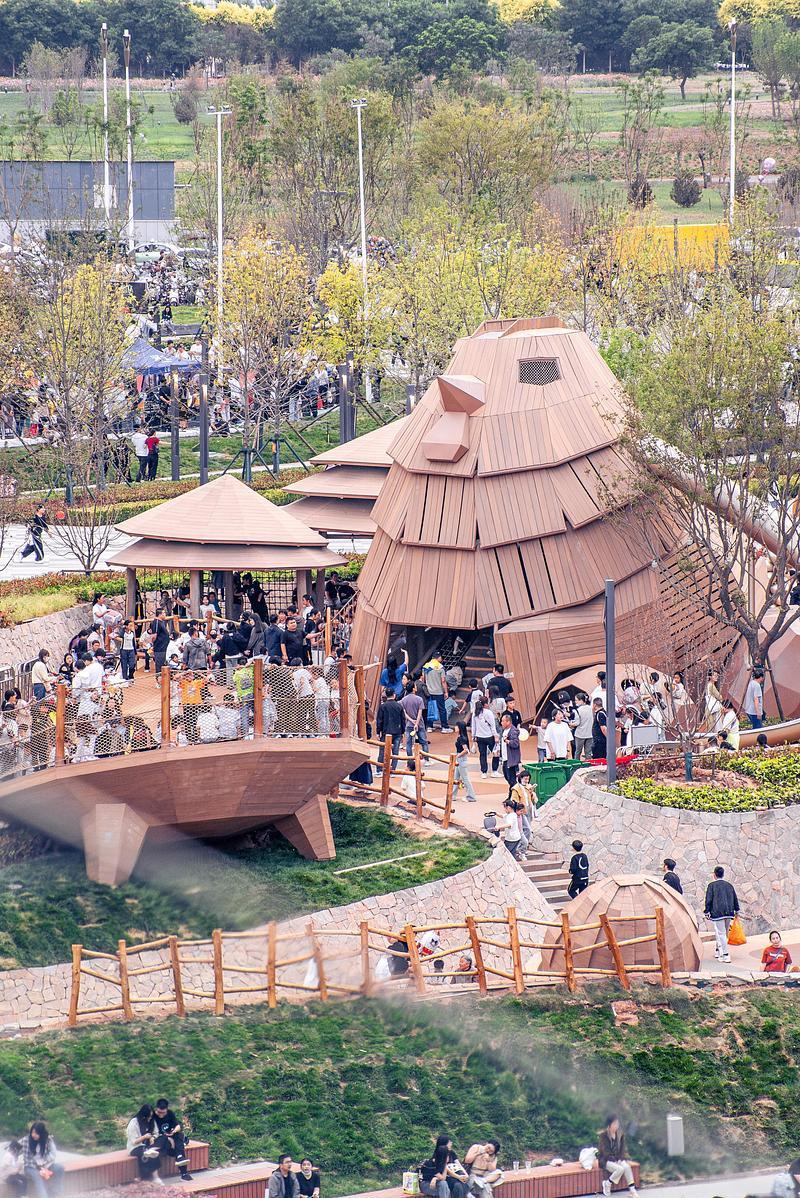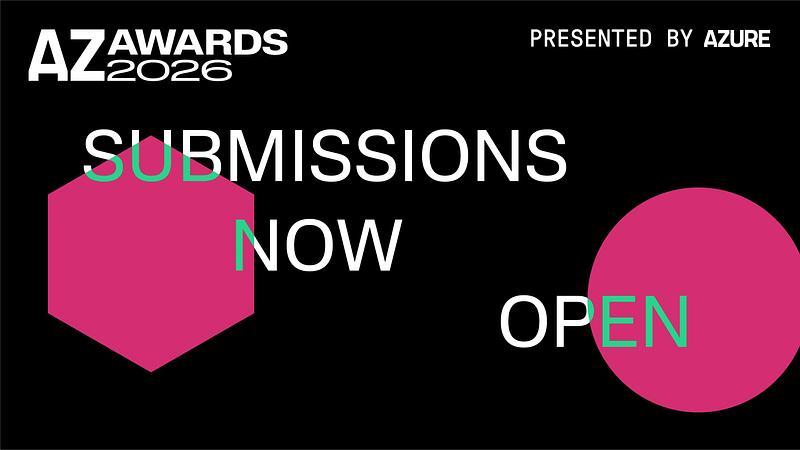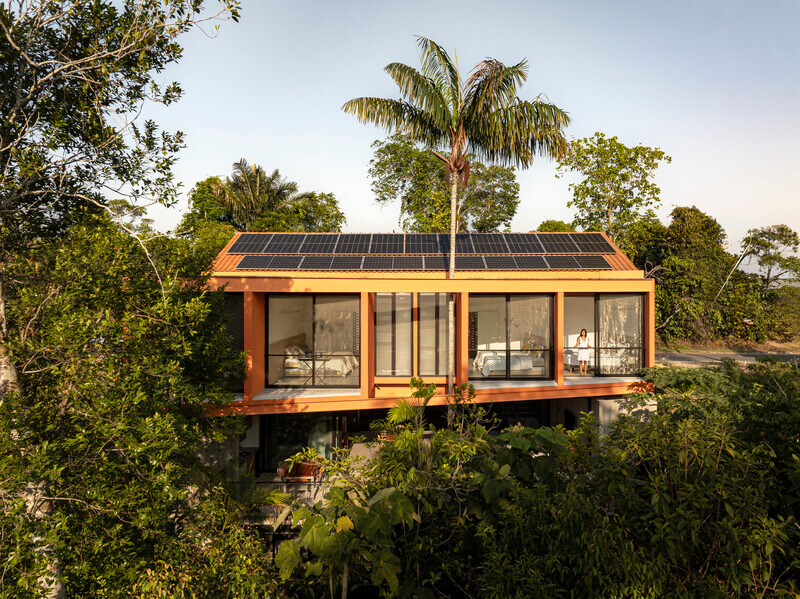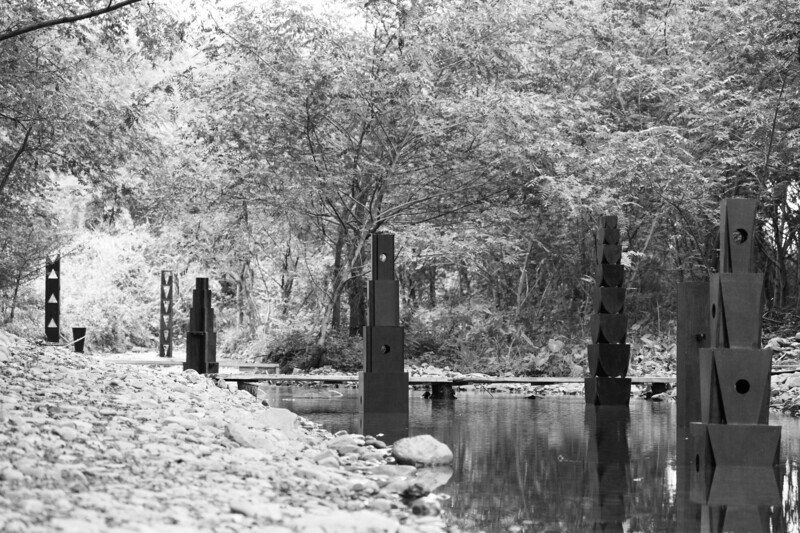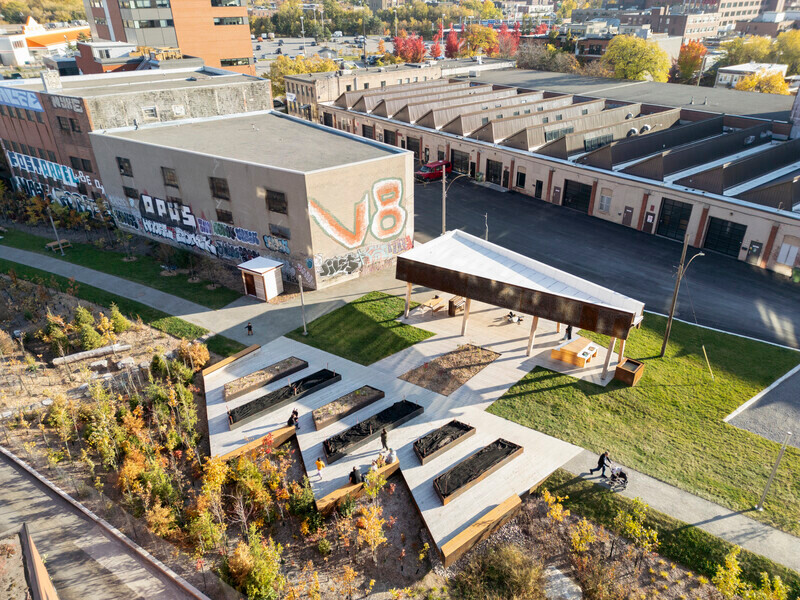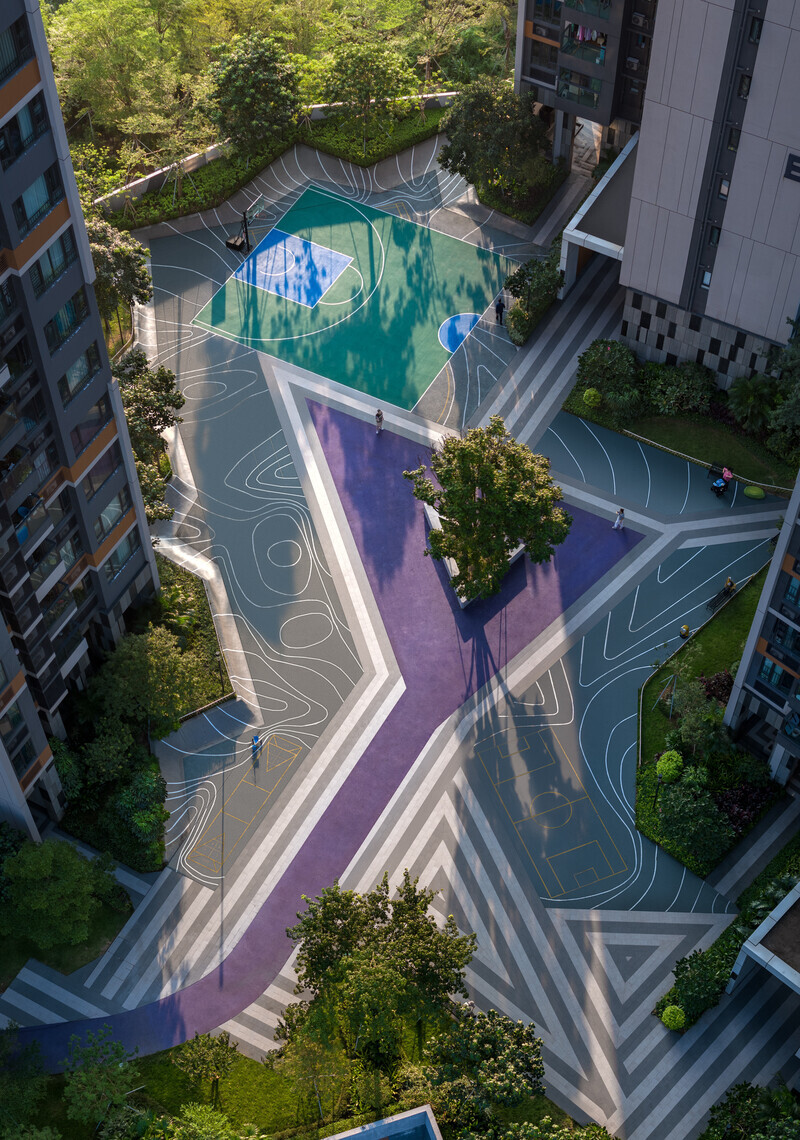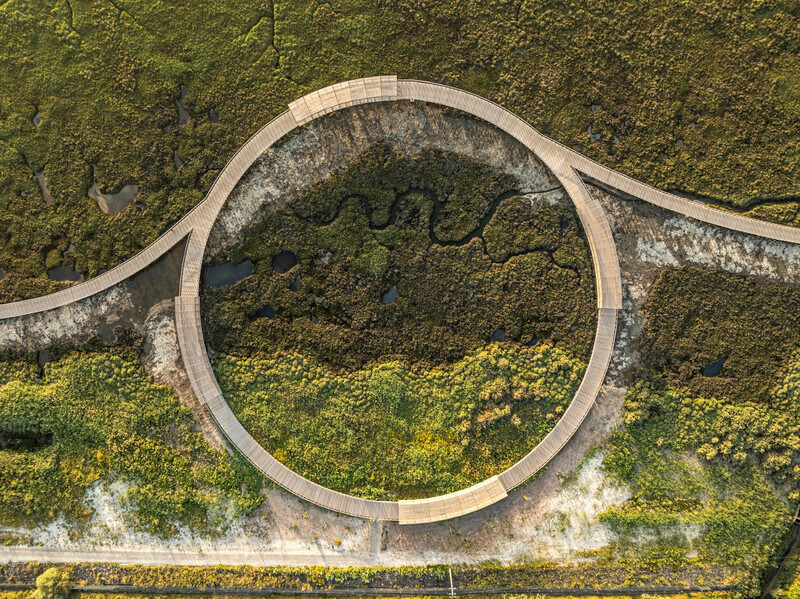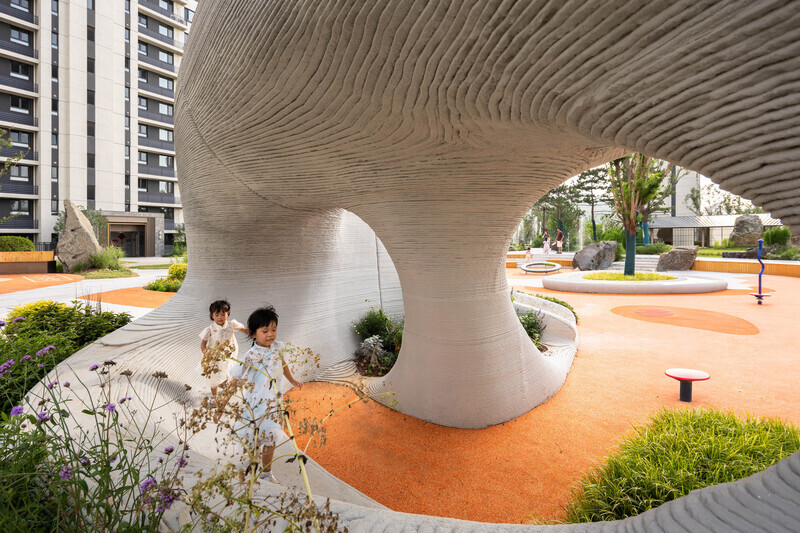
Press Kit | no. 4737-01
Press release only in English
Landscape Design for Honghu Park Water Purification Station
NODE Architecture & Urbanism (NODE)
Shenzhen Lotus Water Culture Base
NODE Architecture & Urbanism (NODE) presents its landscape design for the Honghu Park Water Purification Station, located in a lotus-themed municipal park in Luohu District, Shenzhen, China. The Honghu Water Purification Plant is a key project for water pollution control in the city, which employs an advanced fully-buried water purification technology. NODE designed the restored surface landscape on top of the water purification facility, and the underground offices at the northern end.
Due to the importance of the park in the city, the project faced multiple claims from different aspects at the beginning of the design process. At the same time, the fully-buried water purification plant inevitably brought design challenges above the ground. Eventually, the architects went beyond engineering logic to create an aesthetically-pleasing and community-friendly public space.
The firm conducted research and extracted elements from the spatial prototypes of the pagodas, pavilions, gazebos, and corridors of traditional Lingnan gardens, transforming them with contemporary design languages and materials. By means of public art installation design approaches, they transformed the highest vent shaft into a bird watching platform and an important lotus landmark in the Park. The medium and small-sized vent shafts containing evacuation stairs were designed with accessible paths and platforms, or covered with greenery, reflecting different characteristics in spatial form for public experiences.
After opening, the project was named Shenzhen Lotus Water Culture Base and became a popular place for lotus viewing and relaxation. It represents the important attempt of NODE in infrastructure publicization projects over the years in terms of interdisciplinary design practice of water purification and landscape architecture. The firm's hope is that, through active design efforts of landscape architects/architects, water purification facilities that are indispensable to daily life will become pleasant and ceremonial places in the city for public experience and learning, thus redefining the significance of infrastructure in both spiritual and aesthetic dimensions.
Technical sheet
Design time: 2017.Nov-2021.Mar
Construction time: 2020.Oct-2021.Sep
Site area: Ground landscape restoration 32,400 sqm
Floor area: Underground supporting office and exhibition 1760 sqm
Contractor: Shenzhen Water (Group) Co., LTD
LDI: China Municipal Engineering Southwest Design and Research Institute Co., LTD
Structural and MEP Engineer: China Municipal Engineering Southwest Design and Research Institute Co., LTD
Lighting Consultant: Shenzhen Light Program Technology Co., LTD
Photographer: Zhang Chao
About NODE Architecture & Urbanism (NODE)
NODE Architecture & Urbanism (NODE) was established in 2004. As one of the most influential independent architectural design firms in South China, it has received extensive attention at home and abroad. Founded and led by Principal Architect, Doreen Heng LIU, the NODE team currently comprises approximately 20 architects and designers.
Based in Shenzhen and Hong Kong, LIU and her NODE studio have been conducting diversified architectural and urban design practices in the Pearl River Delta and wider region for years. With her design focuses on urban regeneration, infrastructure, and public space, LIU tries to re-investigate and re-examine given conditions based on specific sites and issues. Through a series of critical and research-based design exercises, the studio explores and ultimately delivers different, but superior architecture alternatives.
Confronting the diversified and complex urban development in the era of stock, urban infrastructure has become an important typology to tackle the challenges. With design-oriented research on infrastructure, and result-oriented practices, NODE transforms the "invisible" infrastructure in daily life into "visible" infra-architecture for public experience, making it a spatial resource that reshapes everyday life with public and aesthetic value that aims to offer new possibilities for future infrastructure.
NODE is understood as the point at which different vectors – possibilities, tendencies, and events – intersect. It is neither a point of departure, nor of arrival. It is not a fixed entity. It is determined by ever-changing fluxes and dynamics.
For more information
Media contact
- NODE Architecture & Urbanism (NODE)
- Xiao Caizi, PR
- pr@nodeoffice.com
- +86(0)755 2660 1003
Attachments
Terms and conditions
For immediate release
All photos must be published with proper credit. Please reference v2com as the source whenever possible. We always appreciate receiving PDF copies of your articles.
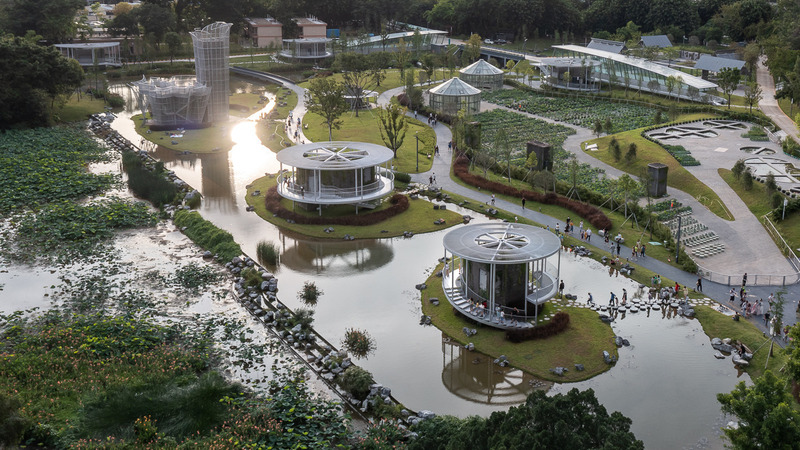
Low-resolution image : 4.0 x 2.25 @ 300dpi ~ 890 KB
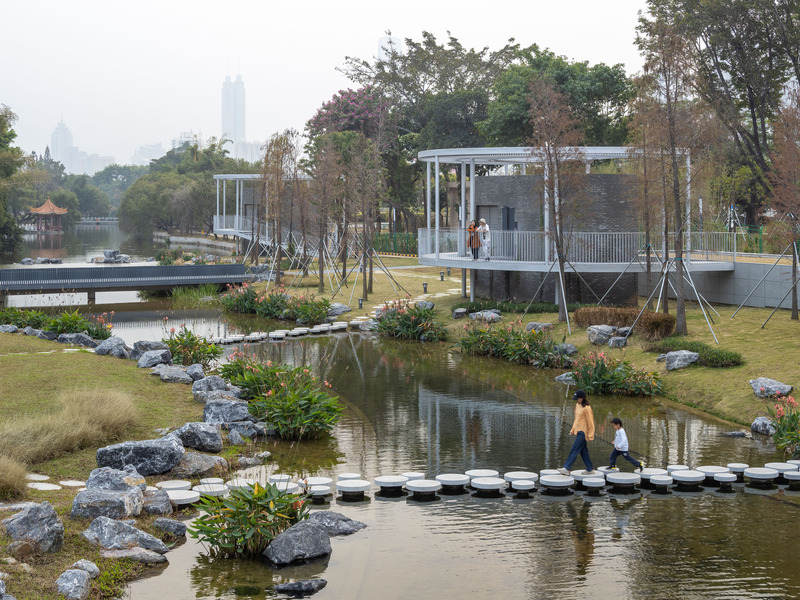
Very High-resolution image : 17.22 x 12.92 @ 300dpi ~ 4.7 MB
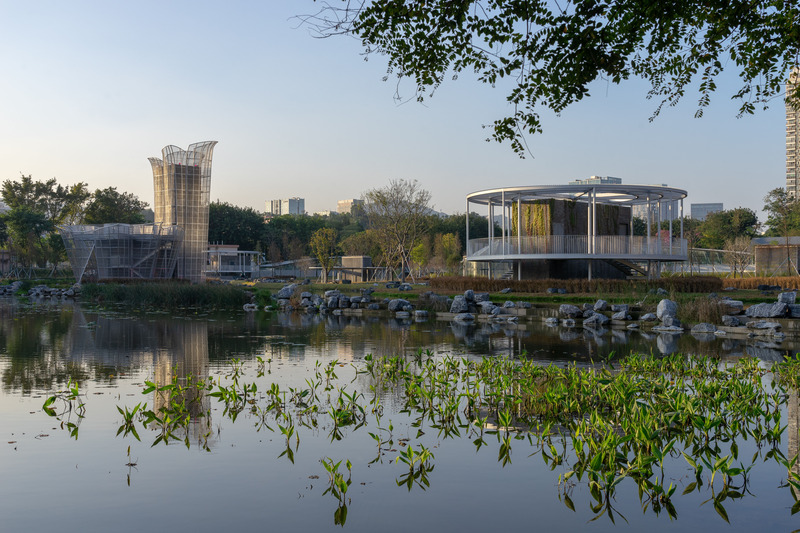
Very High-resolution image : 19.9 x 13.26 @ 300dpi ~ 4.1 MB
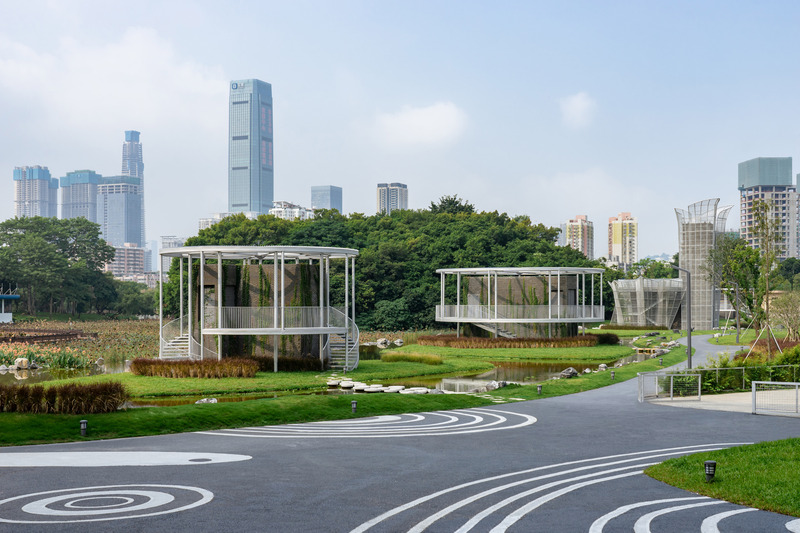
Very High-resolution image : 20.0 x 13.33 @ 300dpi ~ 4.4 MB
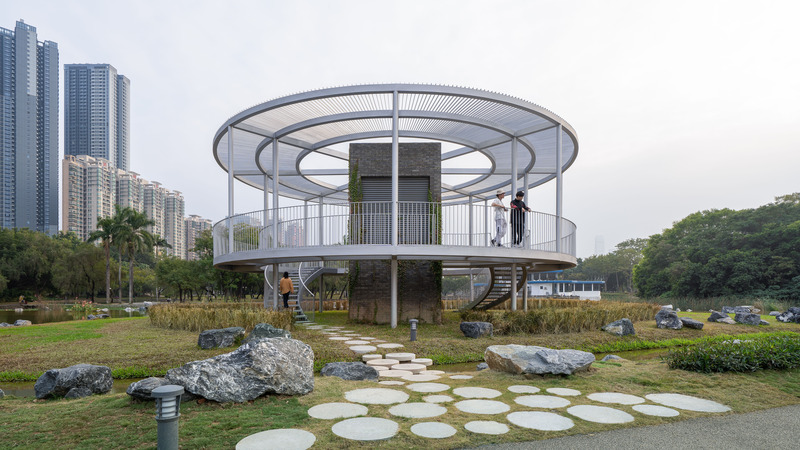
Very High-resolution image : 19.38 x 10.9 @ 300dpi ~ 4.2 MB
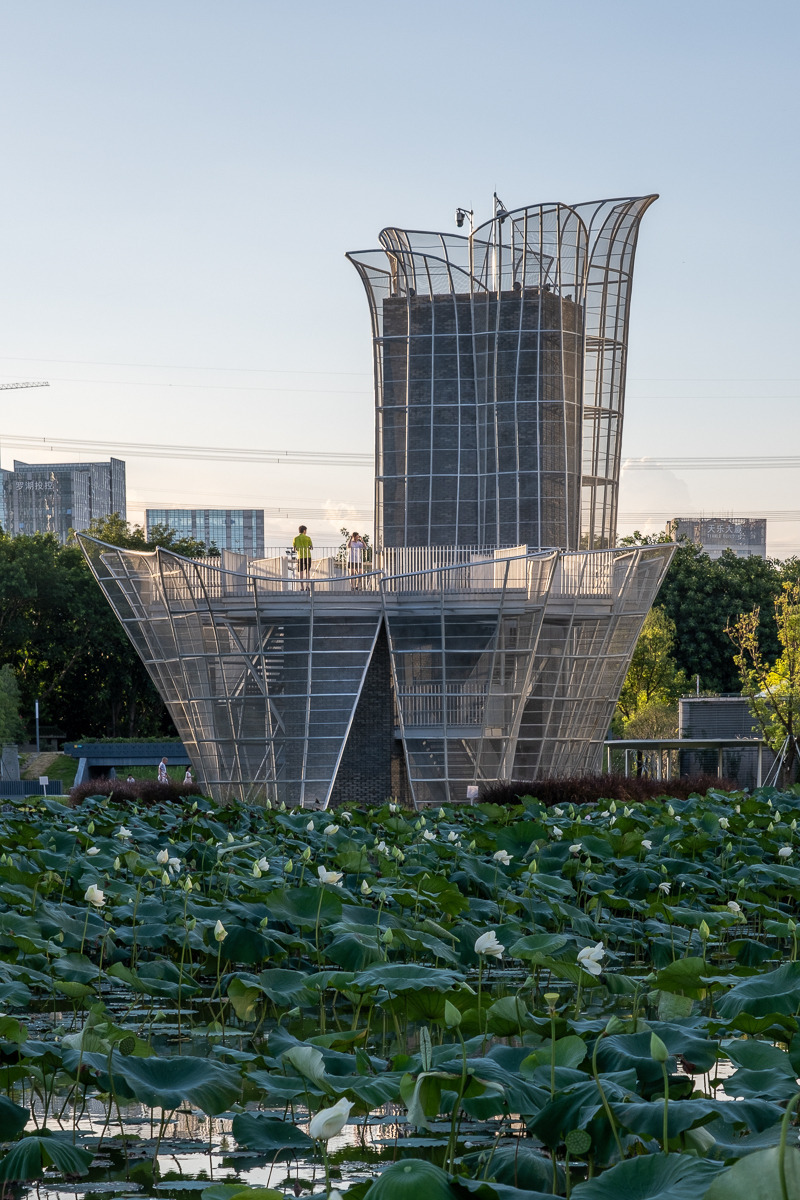
Low-resolution image : 2.67 x 4.0 @ 300dpi ~ 800 KB
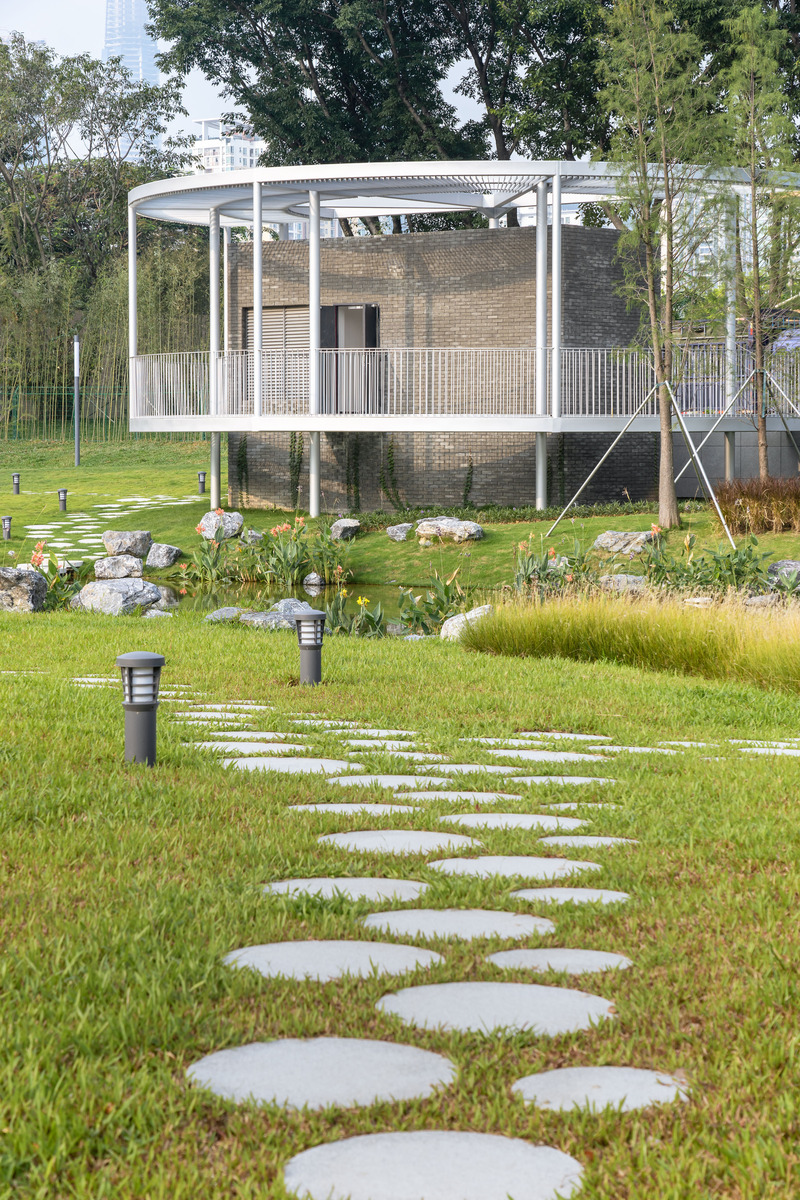
Very High-resolution image : 13.33 x 20.0 @ 300dpi ~ 5 MB
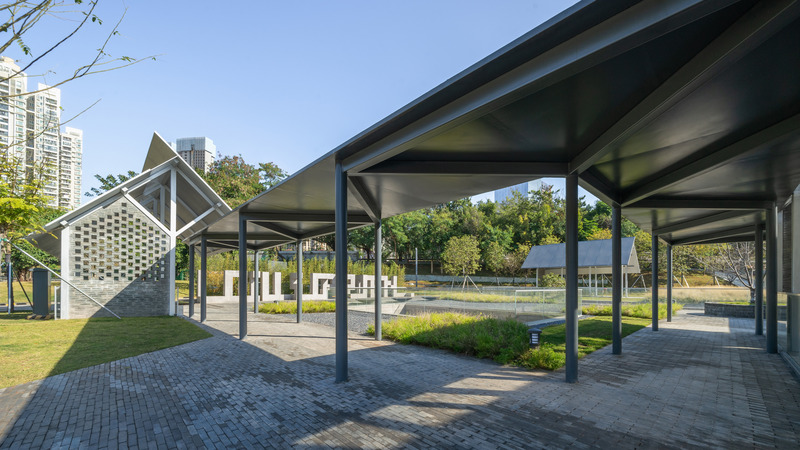
Very High-resolution image : 18.12 x 10.19 @ 300dpi ~ 5 MB
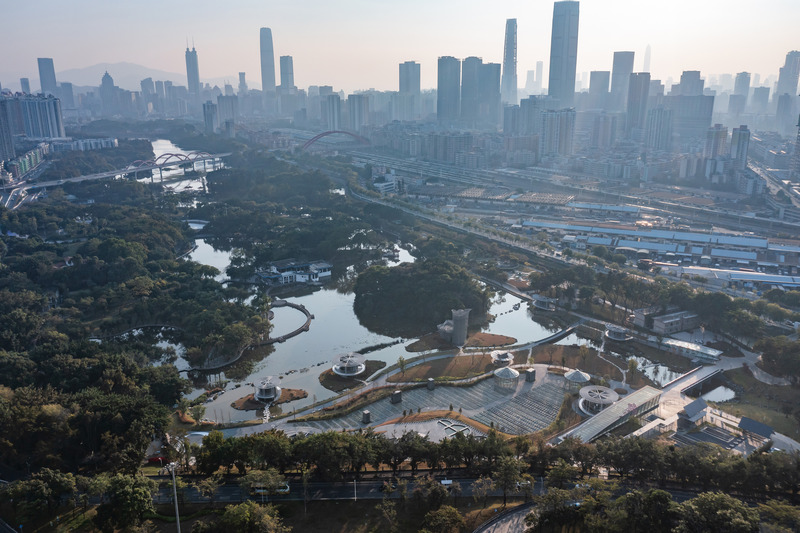
Very High-resolution image : 18.15 x 12.09 @ 300dpi ~ 5.5 MB
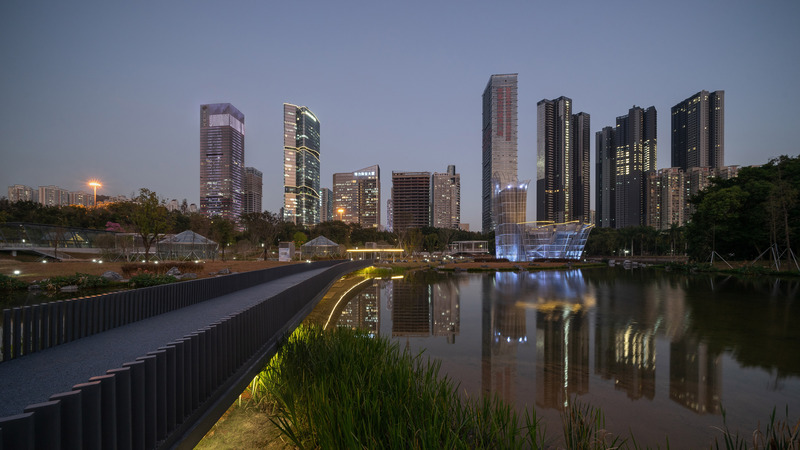
Very High-resolution image : 20.0 x 11.25 @ 300dpi ~ 4.2 MB
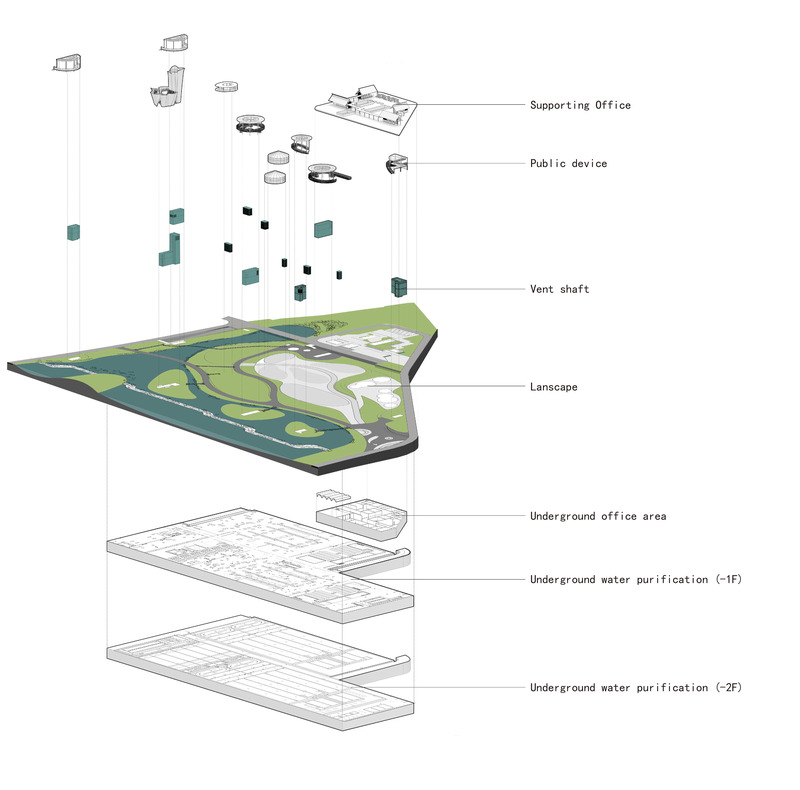
High-resolution image : 16.41 x 16.22 @ 300dpi ~ 6.9 MB
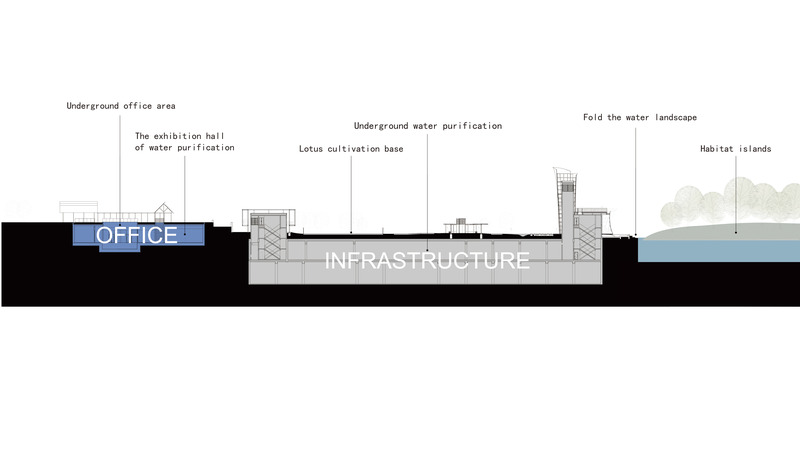
Very High-resolution image : 19.74 x 11.7 @ 300dpi ~ 2.5 MB
